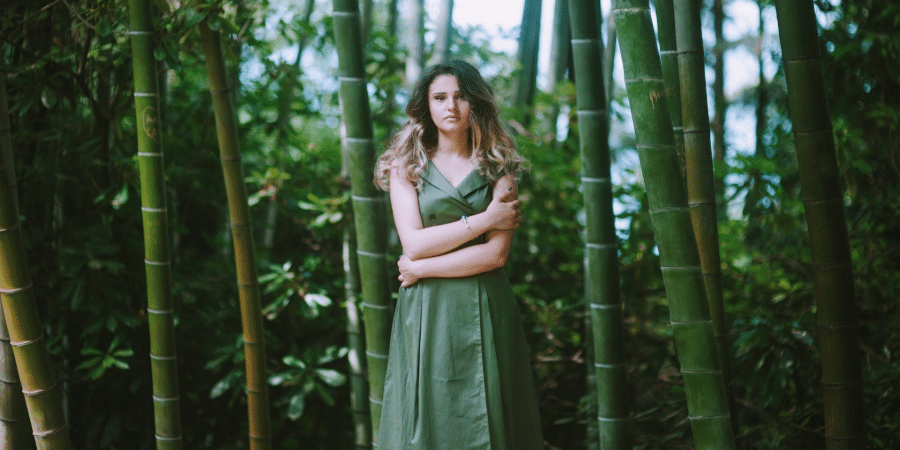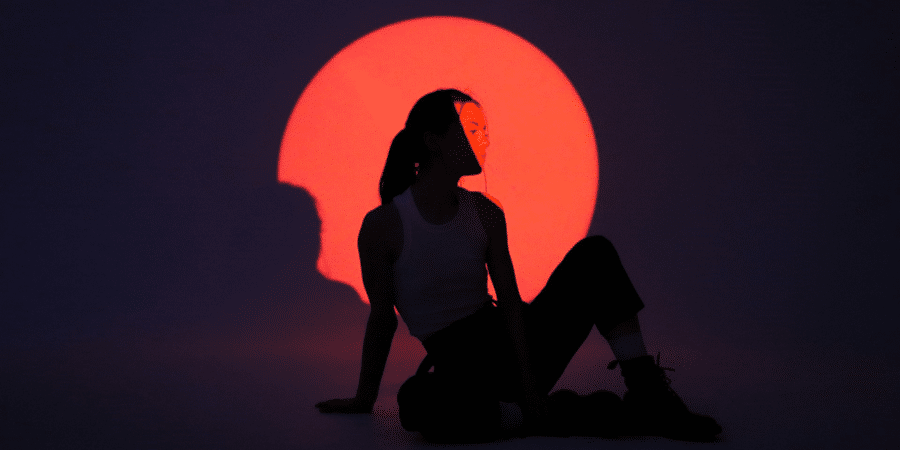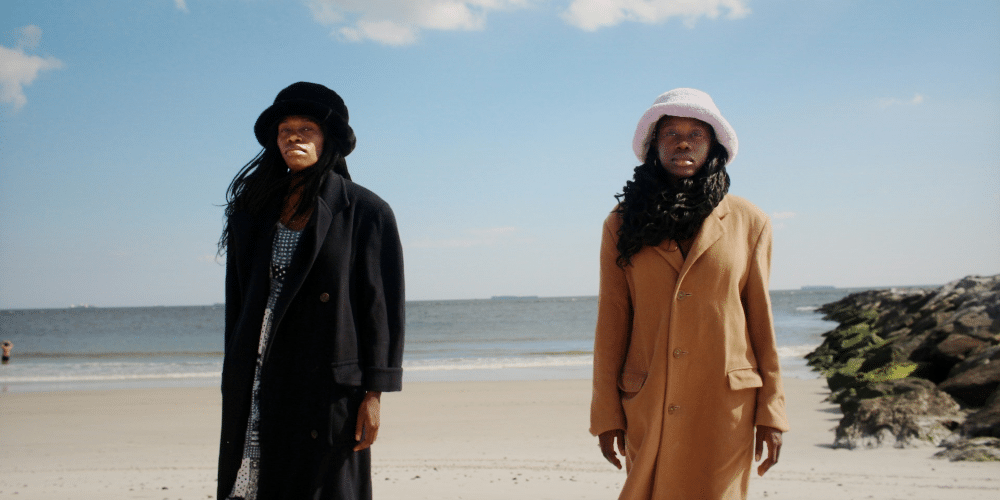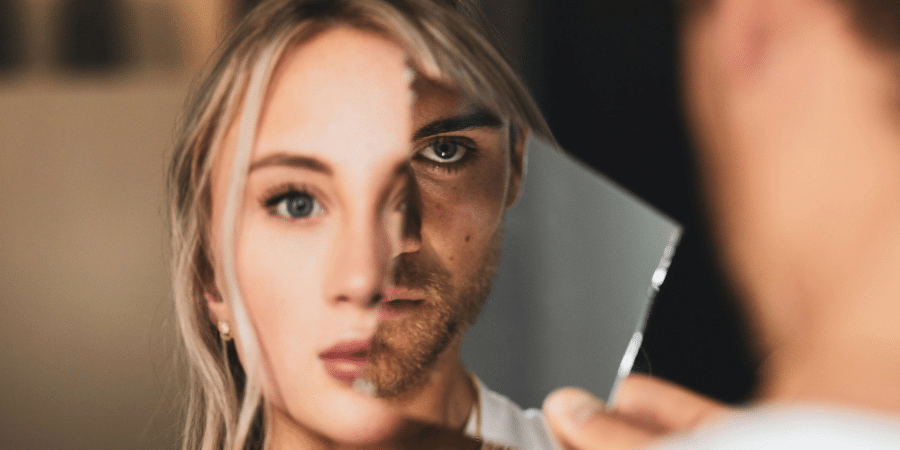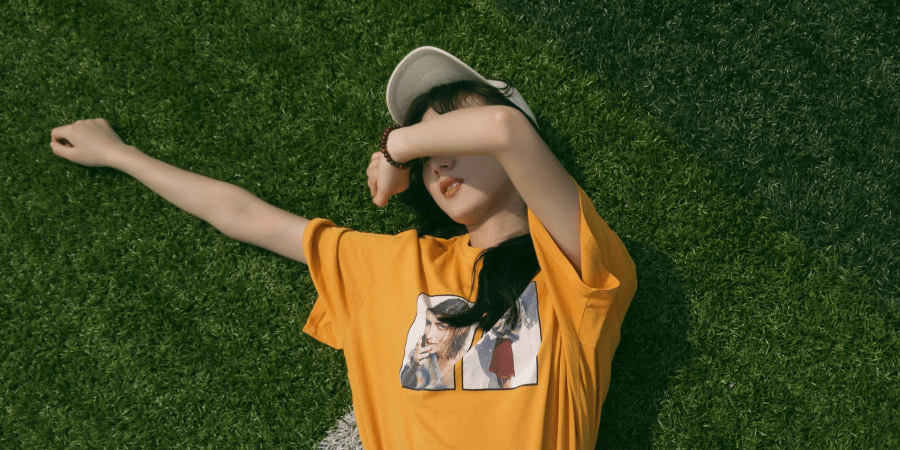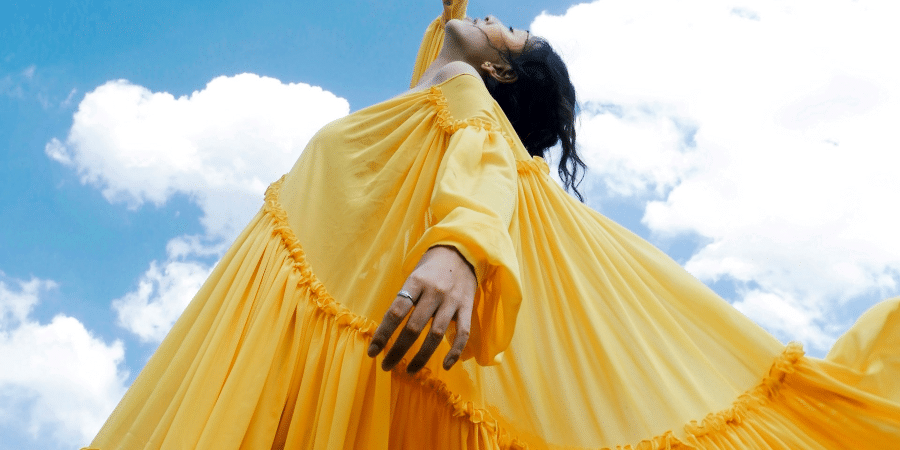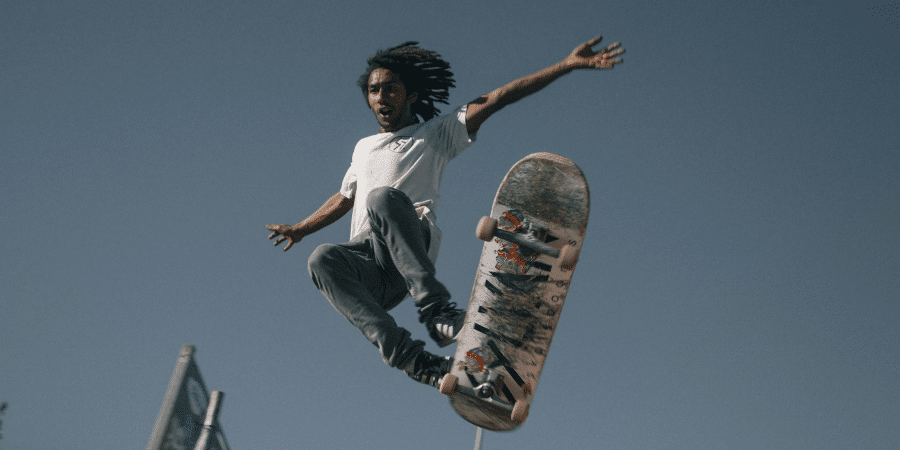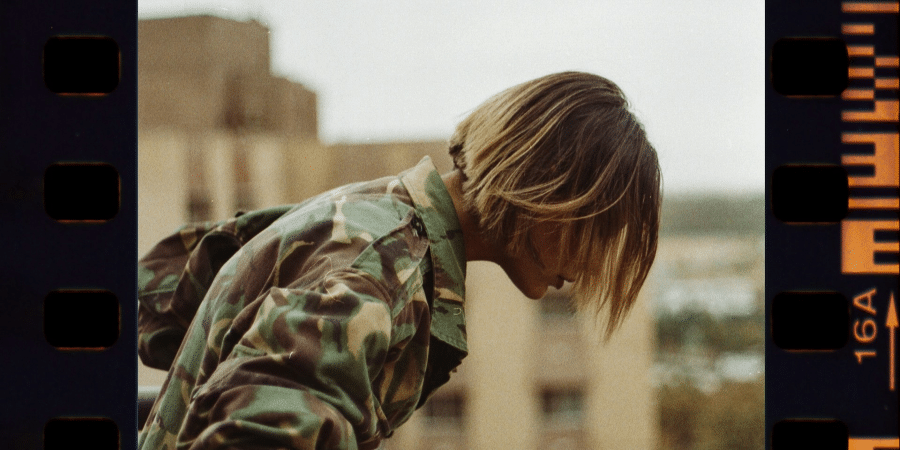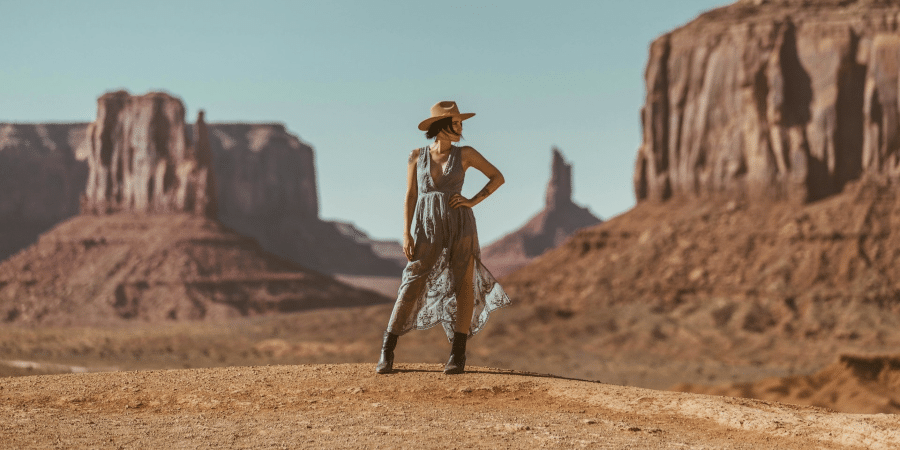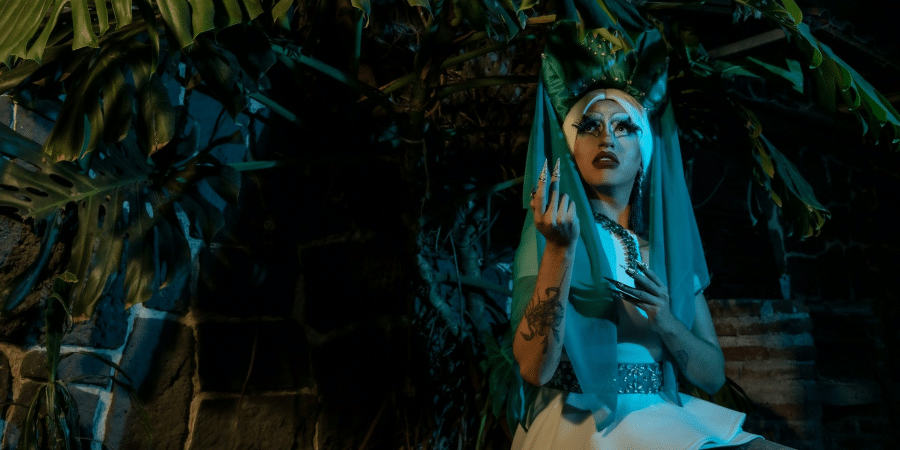Fashionably Forward: Is Sustainable Style the Future?
The fashion industry has a not-so-secret reputation. It’s glamorous, trendsetting, and undeniably influential. But behind the runway lights and celebrity endorsements lurks a darker side – a side often riddled with environmental pollution, ethical labor concerns, and mountains of textile waste.
Enter sustainable fashion – a movement aiming to transform the industry from fast-fashion frenzy to eco-conscious creation. But is sustainable fashion a passing fad, or is it truly the future of clothing? Let’s delve into the movement’s potential to revolutionize the way we dress.
Greener Garments: Reducing the Environmental Footprint
The fashion industry casts a long shadow on the environment. From resource-intensive production processes to the ever-growing problem of textile waste, fashion’s environmental impact is undeniable.
Sustainable fashion tackles this head-on by promoting eco-friendly materials and practices. Think organic cotton that uses less water and fewer pesticides, recycled polyester made from plastic waste, or natural dyes that ditch harmful chemicals. These choices lessen the industry’s environmental footprint, making a conscious effort to conserve resources and protect our planet.
As a recent documentary on sustainable fashion pointed out, “The fashion industry has a massive environmental impact. Sustainable practices offer a way to break this cycle. By using eco-friendly materials, reducing water usage, and minimizing waste, sustainable fashion can make a significant contribution to a greener future.” Sustainable fashion isn’t just about looking good; it’s about feeling good knowing your clothes are made with the planet in mind.
Ethical Choices: From Farm to Final Stitch
Sustainable fashion goes beyond eco-friendly materials. It also shines a light on ethical labor practices. The fast-fashion model often relies on cheap labor in developing countries, raising concerns about worker exploitation and unsafe working conditions. Sustainable brands prioritize fair trade practices, ensuring workers receive fair wages and work in safe environments.
This ethical approach extends throughout the supply chain, from the farmers who grow the raw materials to the factory workers who stitch the garments together. A recent article in a business magazine stated, “Sustainability isn’t just about the environment; it’s about people too. Ethical labor practices are a core principle of sustainable fashion. This ensures that everyone involved in the clothing’s journey is treated fairly and respectfully.”
By prioritizing ethical production, sustainable fashion aims to create a more just and equitable industry.
A Shift in Mindset: Quality Over Quantity
Sustainable fashion challenges the “fast fashion” mentality of constant consumption and disposable clothing. Instead, it promotes a shift towards quality over quantity. Sustainable brands focus on creating timeless, well-made pieces designed to last. This encourages consumers to invest in fewer, higher-quality items that they’ll cherish for years to come. It’s about mindful consumption – buying less but buying better.
A blog post on sustainable fashion trends offered this insight: “Sustainable fashion isn’t about having the latest trends every season. It’s about building a wardrobe of well-made, classic pieces that you love and can wear for years to come. This not only saves you money in the long run, but it also reduces the amount of clothing ending up in landfills.” By encouraging a more mindful approach to clothing, sustainable fashion promotes a more conscious and less wasteful way of dressing.
The Final Stitch: A Fashion Revolution in Progress
Sustainable fashion isn’t a magic bullet, but it’s a significant step towards a more responsible and ethical clothing industry. While challenges remain – from scaling up production to educating consumers – the movement is gaining momentum. As consumers become more aware of the environmental and social costs of fast fashion, the demand for sustainable alternatives is rising.
Sustainable fashion isn’t just a trend; it’s a revolution in progress, one that has the potential to reshape the way we produce, consume, and wear clothing. So, the next time you update your wardrobe, consider making a sustainable choice. It’s a small step towards a more fashionable and responsible future.

